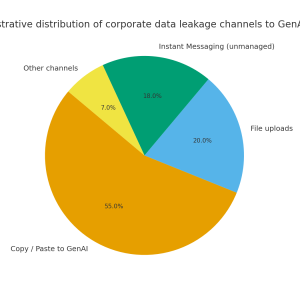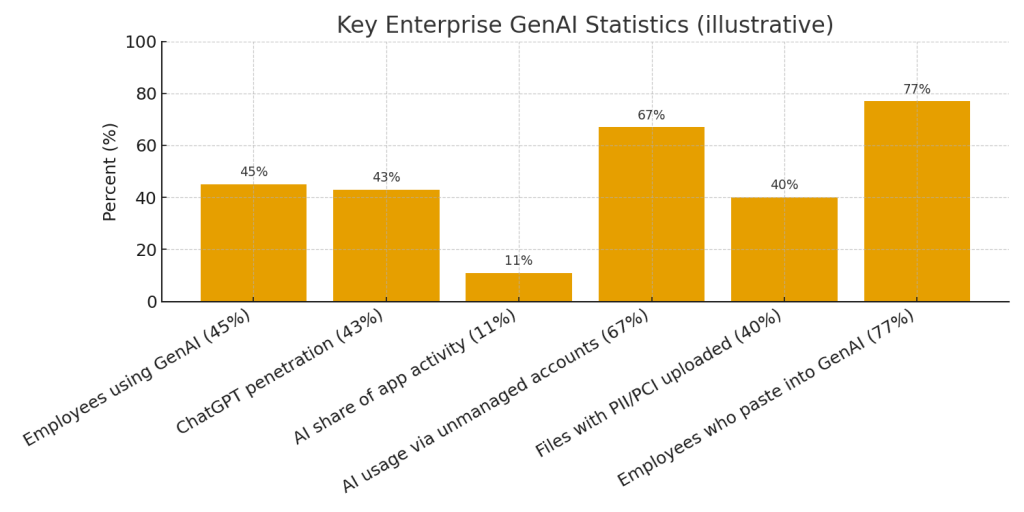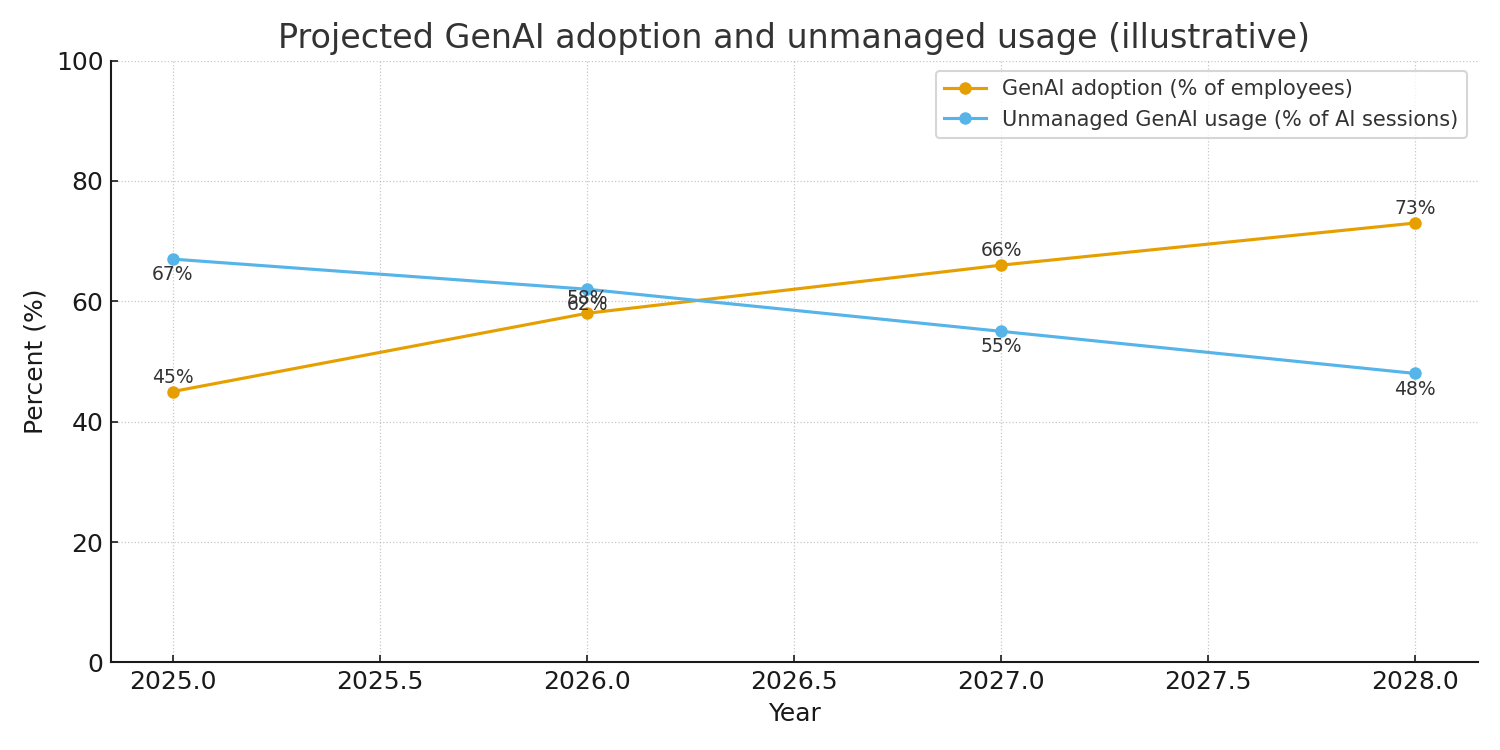Recent high-profile retail security incidents — affecting household names in the UK retail sector — reveal the same recurring root causes: fragile third-party integrations, slow patching and dependency management, excessive access rights, unpracticed incident response, and inconsistent customer communications. These failures are not unique to retail: they show how modern web apps and services can be compromised when processes and defensive hygiene lag behind scale. The practical steps below convert those lessons into a prioritized action plan you can implement this week.
The backdrop: why these breaches matter to every software company
Major retail breaches hit the headlines because they combine large customer bases, sensitive personal data, and significant brand risk. When retailers stumble, the downstream costs are real and measurable: the average global cost of a data breach reached $4.88 million in 2024, a dramatic rise that underscores the business impact of security failures.
Beyond cost, the pattern of how attackers get in is instructive. Recent analyses show that credential theft, phishing, and exploitation of web-facing vulnerabilities are central to modern intrusions — and that human error remains a dominant factor in breach timelines. These are not abstract trends: they were all visible in the retail incidents we studied.
Lesson 1 — Third-party integrations are high-risk by default
Why it happens: Modern web platforms rely heavily on external services: payment processors, analytics SDKs, marketing tools, inventory providers, or logistics APIs. Each integration expands the trusted surface area. In the retail cases, attackers leveraged or exploited gaps related to partner connections and misconfigured third-party services.
What to do immediately
- Inventory your integrations. Use automated scanning to list every external dependency (JS/CSS widgets, APIs, SDKs). Treat each as a network-facing component.
- Apply an “assume-breach” model for partners: use strict least-privilege credentials, scoped API keys, and short-lived tokens where possible.
- Require partners to meet baseline security SLAs: encryption in transit, breach notification SLAs, and regular pentesting evidence.
- Run third-party risk checks as part of your CI pipeline — fail builds if a critical dependency has a new high-severity CVE unaddressed.
Longer-term: move toward runtime isolation (service mesh, per-integration proxies, CSP for frontend widgets) so that third-party code cannot silently exfiltrate data or escalate privileges.

Lesson 2 — Patching and dependency hygiene win half the battle
Why it happens: Software rot happens fast. Outdated libraries, delayed vendor patches, and ad-hoc dependency updates create windows attackers gladly use. The majority of high-impact intrusions leverage known vulnerabilities that had fixes available — but weren’t applied.
Practical steps
- Treat patching as a first-class sprint deliverable. Triage and address high-severity dependency alerts within 48–72 hours.
- Automate vulnerability scanning in CI (SCA + SAST), but route proposed fixes through a controlled test pipeline that runs your regression and contract tests.
- Maintain a “fast lane” for security changes: an expedited review and canary deployment process that minimizes time-to-patch without compromising QA.
- Invest in dependency-proofing: prefer well-maintained libraries, pin versions, and use signed packages where available.
Pro tip: combine automated pull requests from dependency management tools with an automated validation job that applies the update in a sandbox, runs tests and smoke checks, and only then notifies humans — this reduces noisy PRs while accelerating safe updates.
Lesson 3 — Least privilege and access controls prevent wide blast radii
Why it happens: Overly broad access permissions and shared credentials turn a single compromised account into a massive escalation path. In retail incidents, attackers moved laterally or exfiltrated data because accounts or integrations had more access than needed.
Checklist to tighten access
- Enforce role-based access and time-limited privileges. No one needs full admin forever.
- Replace long-lived API keys with short-lived tokens and client certs. Rotate them automatically.
- Use just-in-time access for sensitive operations, with approvals and time-boxing.
- Centralize secrets in a vault and deny direct secret access from build machines or dev workstations.
Behavioral control: pair logging with alerting. If an account suddenly downloads a large customer dataset, trigger an automated containment play (revoke tokens, require reauth, notify security).
Lesson 4 — Practice incident response and communications as a team sport
Why it happens: In many incidents, companies had playbooks on paper but lacked practiced, cross-functional rehearsals. When an incident happens, delays in containment, confusion about who communicates what, and slow regulator/customer notifications amplify damage.
What a practiced program looks like
- Run tabletop exercises quarterly that include engineering, product, legal, and comms. Simulate real-world constraints like partial observability and noisy logs.
- Prepare pre-approved communication templates (customer notices, press statements, regulator reports) that can be rapidly customized. That speeds transparency and reduces reputational fallout.
- Maintain a tested rollback and freeze process: know how to isolate services, revoke credentials, and roll back releases with minimal user disruption.
- Track Mean Time To Detect (MTTD) and Mean Time To Contain (MTTC); treat reductions as prioritized operational improvements.
Stat: organizations that detect and contain breaches faster pay significantly less to recover — speed matters.

Lesson 5 — Don’t underestimate the human factor — train and design for it
Why it happens: Studies repeatedly show that a large share of breaches have a human element — whether it’s social engineering, a misclick, or misconfigured permissions. It’s not just about “users making mistakes”; attackers design their approaches around human workflows.
Actions to reduce human risk
- Run continuous security awareness training with real-world, role-specific scenarios (finance staff vs devs). Include simulated phishing campaigns and follow-up coaching.
- Apply ‘safety by design’ in UX: reduce the chance for dangerous defaults, introduce confirmation steps for sensitive actions, and make compliance workflows friction-aware.
- Use automation to reduce manual, error-prone tasks (automated access revocation, automated data exports that require approval).
Industry context: multiple industry reports indicate that the human element is present in well over half of reported breaches; building defenses that account for human behavior is a pragmatic necessity.
How to translate lessons into a 30/60/90 day action plan
If you’re leading security or engineering, here’s a practical timeline you can run immediately.
Days 0–30: triage & quick wins
- Inventory external integrations and high-risk deps.
- Patch all critical/high CVEs in production-facing services.
- Enforce MFA and rotate all long-lived credentials.
- Draft incident communication templates and inform legal/comms of expectations.
Days 31–60: automation & hardening
- Integrate SCA into CI and enable automated dependency updates in a sandboxed validation flow.
- Add targeted fuzzing for file parsers and user-input handling endpoints.
- Implement short-lived tokens and JIT access for privileged operations.
- Run one tabletop incident exercise involving at least engineering, legal, and public affairs.
Days 61–90: resilience & culture
- Deploy role-based access reviews and automated attestation for key systems.
- Launch continuous security education with role-tailored modules and simulated attacks.
- Expand monitoring: deploy EDR/behavioral detection on servers and instrument application-level telemetry for sensitive flows.
- Begin measuring MTTD/MTTC and set quarterly reduction targets.
Extra tactics that pay off fast
- Content Security Policy (CSP) with reporting reduces the risk of injection attacks from third-party scripts and provides data for quick investigation.
- Server-side input validation with canonicalization is far more reliable than relying solely on client-side measures.
- Data minimization: store only what you need. Less stored data = less damage in a breach.
- Signed packages & reproducible builds make supply-chain tampering harder to execute.
Metrics and KPIs to track (practical dashboards)
Operationalize security with focused metrics:
- MTTD / MTTC – track and aim to halve these within the first year.
- % of critical CVEs patched within SLA (e.g., 7 days).
- Third-party risk score — a composite of criticality, exposure, and SLA posture.
- Automated patch acceptance rate — how many auto-suggested fixes pass validation and are accepted.
- Human-risk incident rate — phishing-click rate, misconfiguration events per 1,000 changes.
Track these on an executive dashboard and align them with business KPIs like customer churn or revenue impact.
A final word on resilience and reputation
Breaches are never purely technical failures — they’re socio-technical events. Technology choices, process gaps, supplier relationships, internal incentives, and public communications all influence outcomes. The retail incidents that prompted this article are a reminder that security is an organizational competence — not solely a line-item on the engineering backlog.
Fortify your software with the right mix of automation (to catch what humans miss) and practiced human judgment (to decide what to do with automation’s output). That combination is the durable competitive advantage in the digital age.
